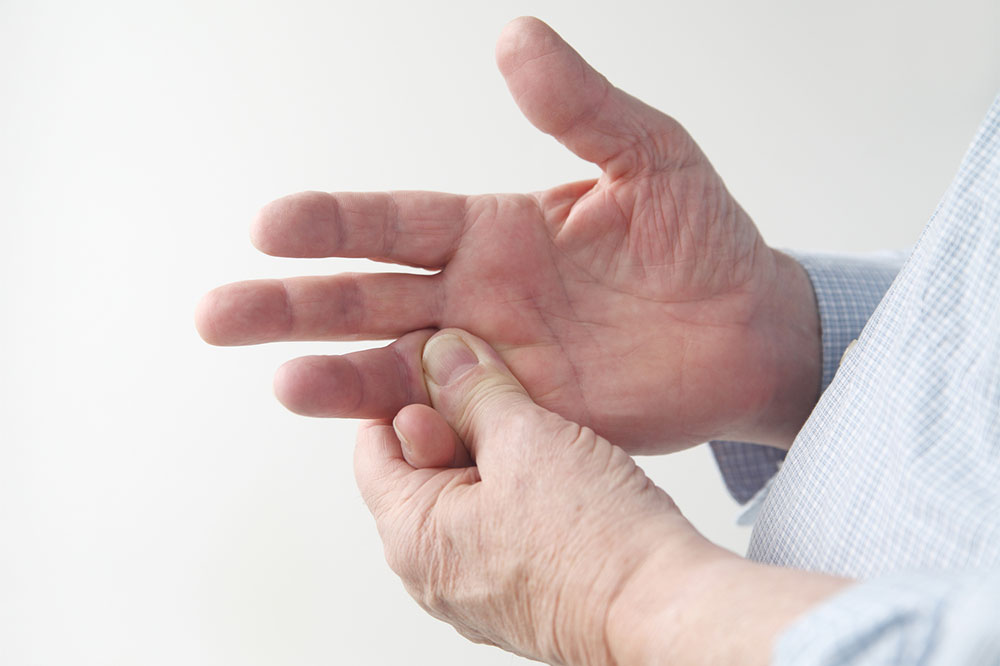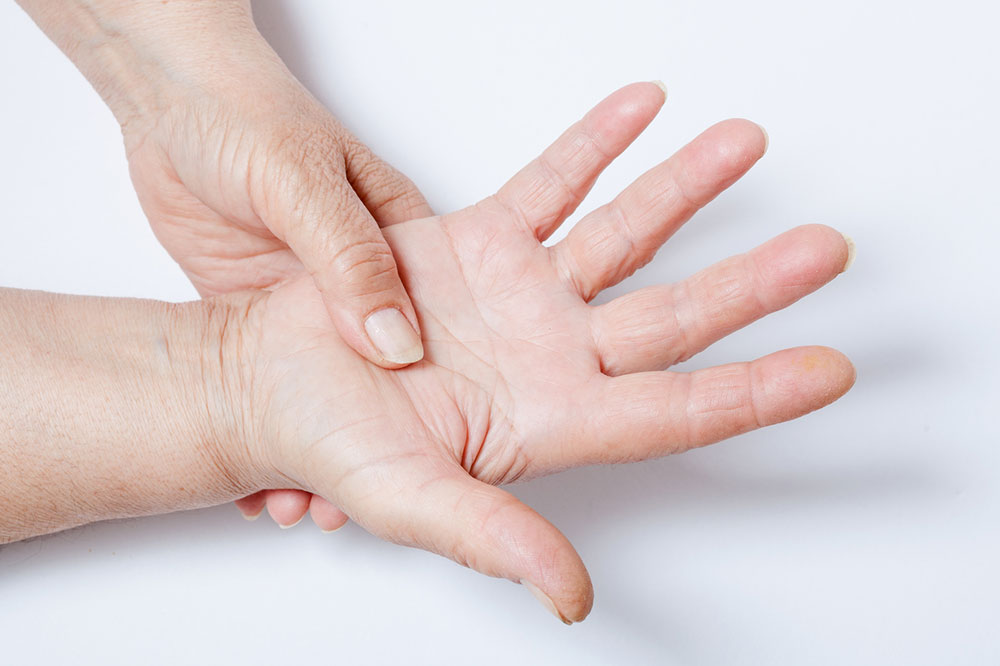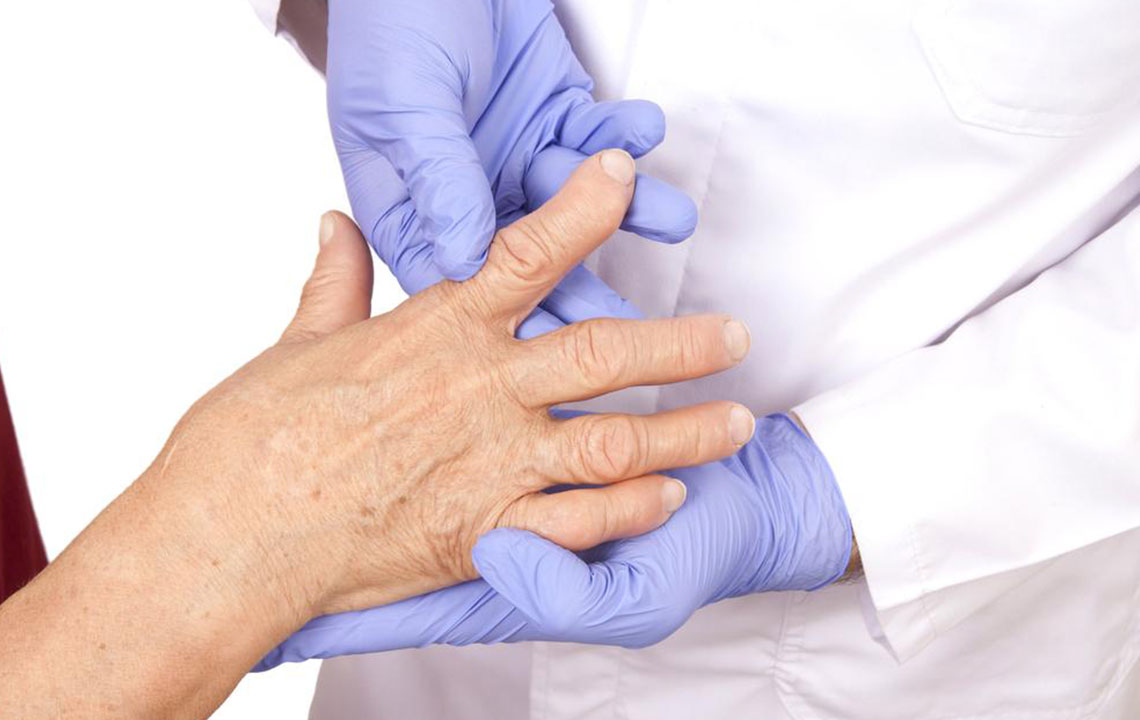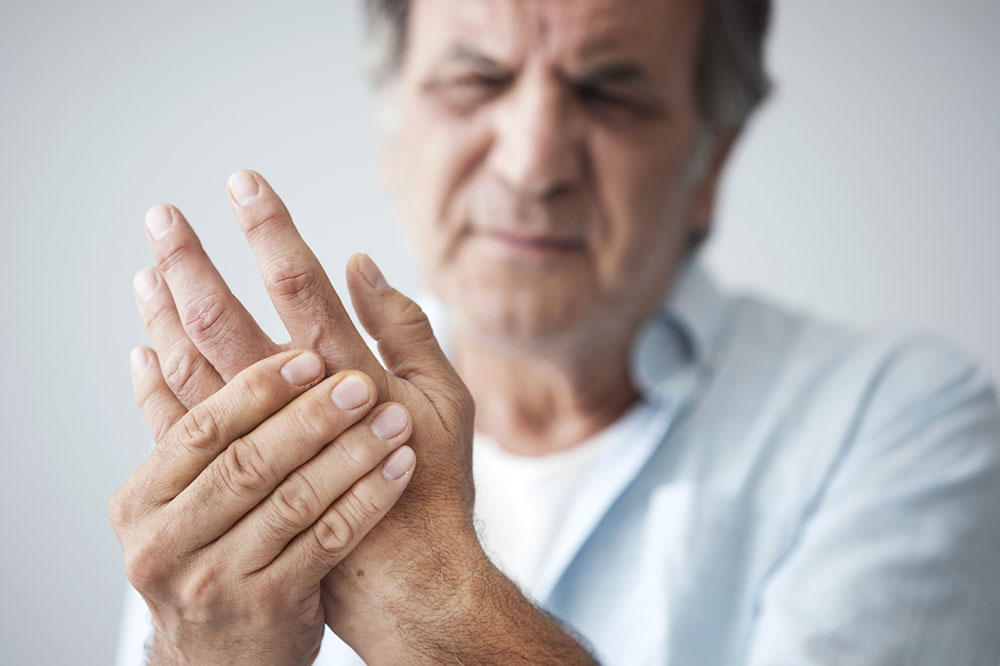Top 5 Common Joint Disorders and Their Treatments
Learn about the top five common joint disorders, including osteoarthritis, spondyloarthritis, bursitis, rheumatoid arthritis, and gout. Discover their causes, symptoms, and treatment options to maintain healthy joints and improve quality of life.

Top 5 Common Joint Disorders and Their Treatments
Joints are the connections between bones that facilitate movement in the human body. Over time, many joint issues develop primarily due to cartilage degradation or wear and tear. Among these, arthritis is one of the most widespread conditions, especially as people age. Understanding the types of joint problems is essential for effective management. Here are five common joint conditions you should know about:
Osteoarthritis
Osteoarthritis affects a significant portion of seniors, with nearly 10% of men and 13% of women over 60 experiencing it. It results from cartilage deterioration at the ends of bones, often impacting the spine, hands, hips, and knees. Without proper care, this can lead to bone damage and restricted movement. Treatment varies from medications and physiotherapy to surgical options based on severity and age.
Spondyloarthritis is a form of rheumatic disease causing joint inflammation, affecting the spine, chest, hips, fingers, knees, or toes. It's thought to be linked to the HLA-B27 gene. Treatment options include medications, physiotherapy, and in some cases, surgery.
Bursitis occurs when fluid builds up in bursae—small sacs cushioning joints, muscles, and tendons—in areas like shoulders, elbows, or hips. Often caused by injury, overuse, or infections, bursitis manifests as pain and swelling. Management involves anti-inflammatory drugs, compression, and resting the joint to reduce inflammation.
Rheumatoid arthritis is an autoimmune disease where the immune system attacks joint tissues, causing inflammation that can lead to cartilage and bone damage. Treatment strategies include NSAIDs, corticosteroids, and surgical procedures like joint replacements.
Gout results from uric acid crystals forming primarily in the big toe, especially in men and menopause-affected women. Dietary adjustments and medications like NSAIDs help manage gout symptoms.










